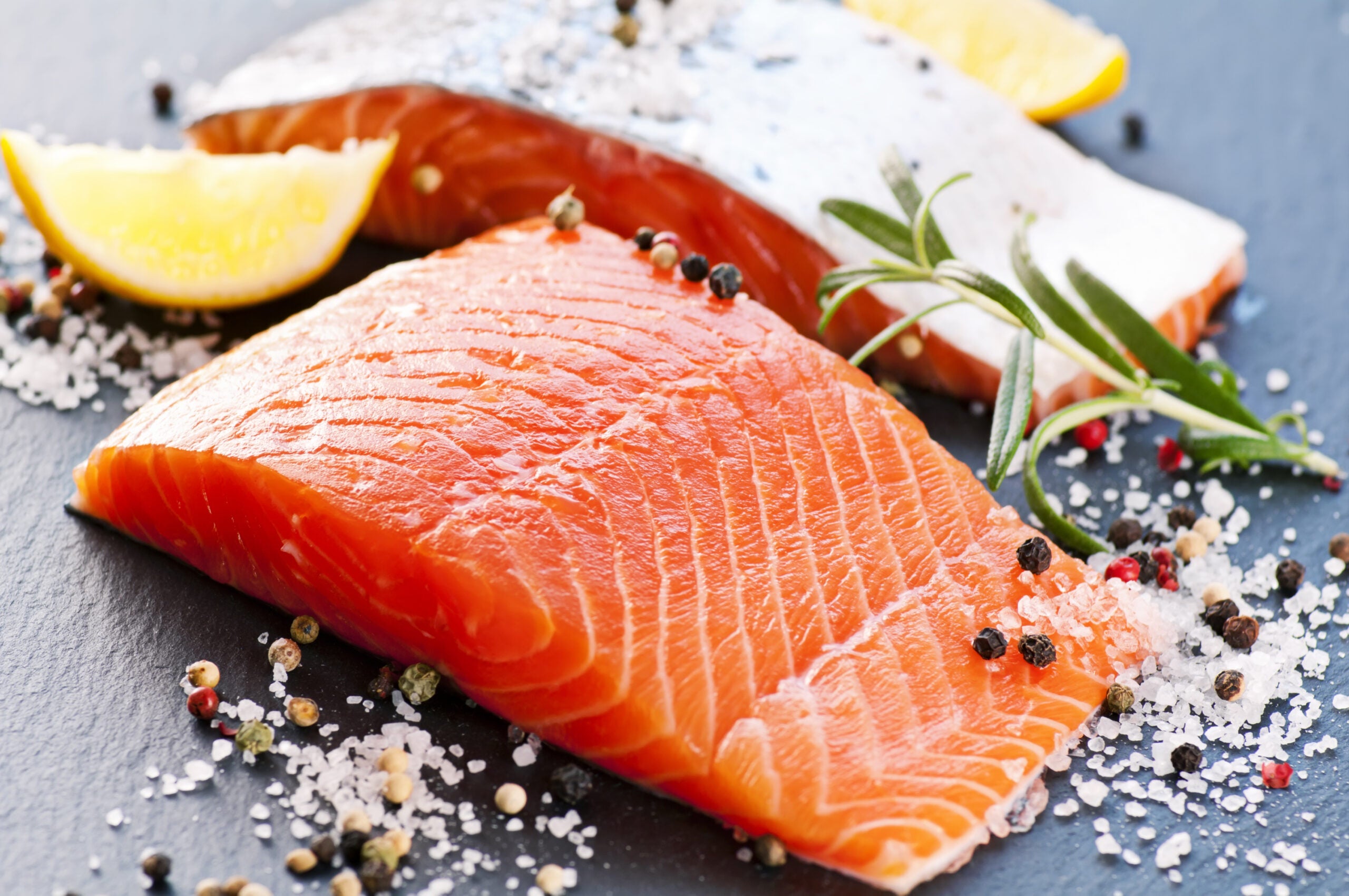Washington State’s Numbers Game
The state’s funny math on water quality standards adds up to toxic waterways, mercury-laden fish and weakened cancer risk protections.

This page was published 9 years ago. Find the latest on Earthjustice’s work.
Washington’s Department of Ecology is making me cynical, and it’s bumming me out. The Clean Water Act is one of the best things to ever happen to the environment. A bipartisan Congress (remember those?) passed a law that said we need to clean up and protect our nation’s waters so that we can drink the water, swim in the water and fish from the water. Fishing includes eating the fish we catch, and these uses together are known as the “fishable and swimmable” goals of the Clean Water Act. That the Clean Water Act even exists with such noble purpose gives one hope.
But the Washington Department of Ecology is bent on getting around the “fishable” part of the regulations. States are supposed to set water quality standards for toxic pollutants like mercury, arsenic or PCBs to protect people who eat fish. Those toxins accumulate in fish tissue, and then they accumulate in us if we eat the fish. The more fish you eat, known as the “fish consumption rate”, the lower toxic pollutant levels have to be to keep you from getting a big toxic hit. It’s really important that states get this rate right because they then use this number to determine water quality standards.
Washington’s fish consumption rate is currently set at 6.5 g/day—which is equal to about a couple of shellfish or one 8 oz. fish fillet per month. This number is ridiculously low, especially in Washington state where seafood restaurants and fishing industries abound. In addition, the state is home to vibrant Asian immigrant and Native American communities who have caught and eaten fish for religious, cultural and subsistence reasons since time immemorial.
After litigation and advocacy efforts were made by Earthjustice on behalf of commercial fishing families and Waterkeeper groups, and in coordination with Northwest tribes, Washington’s Department of Ecology finally proposed new rules for water quality standards that raise the fish consumption rate to 175 g/day. This number isn’t perfect since surveys show that many local tribal members eat no less than 250 g/day, but it’s a start.
The problem is, the rest of the proposal is rife with games. First and worst, Ecology actually weakened cancer risk protection in the new proposed rules by increasing the allowable cancer risk ten-fold. Before, the department had long-standing standards that kept the general population’s cancer risk to one in one million people; now, the proposal is one in 100,000 people. The effect is that even though the fish consumption rate was raised to 175 grams of fish per day, the resulting water standard is not very protective at all, and in some instances would actually get weaker with this change in the equation!
The Ecology Department also tinkered with a number of other aspects of the math as well—all plainly designed to make it “come out right” for industry. For example, the department increased the body weight of an average person in its calculations. Since heavier people can safely eat more toxins than skinnier people, the regulators’ math games effectively allow more toxic fish. The department also played around with the percentages of toxins you get from eating fish, again leading to a weaker water standard.
And if, by some chance, the math still winds up with a more-protective water standard, the department assures industry that will have ways to delay or avoid meeting the new standards with all kinds of new off-ramps and loopholes. In effect, the department’s proposal just slaps a new coat of paint on what are largely the same weak water quality standards.
Washington state’s “fun with math” and liberal use of compliance off-ramps is good reason for cynicism, but it’s not too late to turn things around. Earthjustice is working to convince the state that it should embrace real, meaningful water quality standards. We’re also working to convince the EPA that it is time to step into its role as a Clean Water Act backstop when a state is not doing its job.
The Ecology Department is taking comments from the public on its new proposal through March 23. Tell the department and the EPA that you want all people to be protected by strong water quality standards and that weakening of cancer risk protections is unacceptable and discriminatory to people who eat large amounts of fish and shellfish.
I may have a healthy dose of cynicism, but Earthjustice isn’t done with this one yet. We’ll be backing up your comments with EPA when it reviews Washington’s proposal and ultimately with action in court if necessary.
A senior attorney based in Seattle, Janette works on cases in the Northwest region, as well as national water and wetland matters.
Established in 1987, Earthjustice's Northwest Regional Office has been at the forefront of many of the most significant legal decisions safeguarding the Pacific Northwest’s imperiled species, ancient forests, and waterways.